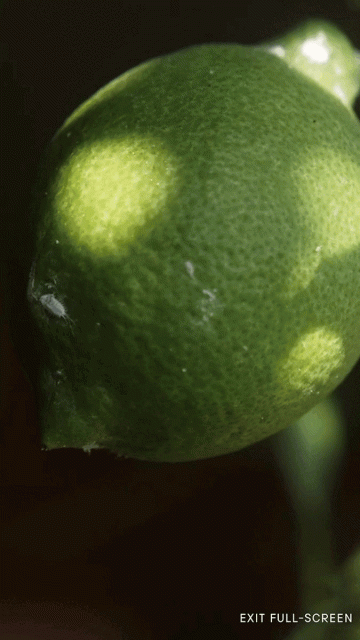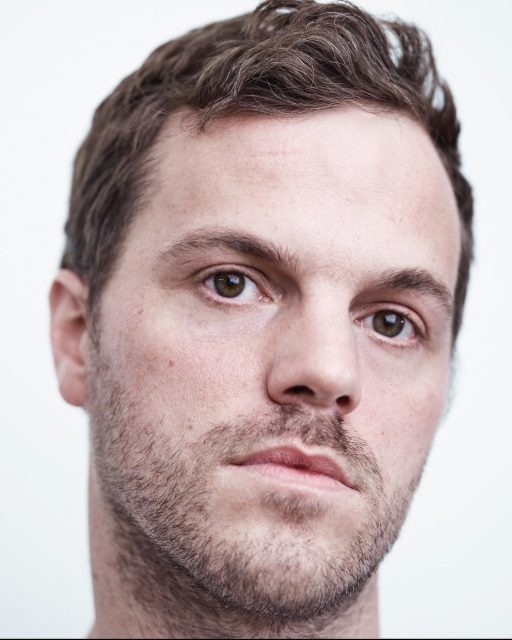Read Next
Bottega Veneta 推出首個 App 應用程式!沿用標誌性「Bottega Green」開啟創意之門,為 Matthieu Blazy 首個系列率先預熱
It was Matthieu Blazy’s debut as Artistic Director
Bottega Veneta couldn’t have hoped for a smoother transition following the sudden departure of Daniel Lee last year, after just three years at its helm. When he joined the house, the industry was quick to proclaim Lee its new messiah: someone to hear their shopping prayers after Phoebe Philo (whom he had worked for) left Celine. This season, his second-in-charge took up the mantle. Matthieu Blazy’s debut collection as Artistic Director of Bottega Veneta was full of the very studied, somewhat subversive propositions Lee was known for, but in a more systematic and calculated way; more composed and toned-down than before.
Blazy imbued the collection with his own history
Blazy has the kind of track record that makes fashion people stand up straight: he interned at Balenciaga; worked for Raf Simons; what was then called Maison Martin Margiela; Celine under Phoebe Philo; Calvin Klein under Raf Simons; and finally, Bottega Veneta under Lee. He is also the partner of Alaïa’s Pieter Mulier. Fashion geeks would have delighted in recognising symbols and techniques tied to his time at those brands, which re-appeared in this collection, especially from Calvin Klein and Bottega Veneta. As a designer whose name hasn’t been formally credited until now, it was as if he was claiming his inventions.
The collection played with familiar codes
The show opened with a white tank top and blue denim trouser entirely created in leather, the latter printed as an optical illusion. The vest echoed the opening look of Thursday’s Prada show by his fellow Belgian and former boss Simons, who attended the show. Along with Mulier, who also worked on Calvin Klein under Simons, the three former colleagues now have an extraordinary jurisdiction for trend creation in the fashion industry. The ordinary-to-extraordinary idea of Blazy’s opening look fuelled a collection founded in the weird-ification and glam-ification of classics, from workwear and formal suits to cocktail and even ballroom dress codes.
It embodied fashion’s sense of cool
The show took place in a stripped-down, industrial palazzo space, which could have been a gallery, complete with the stools fashion guests know from similarly art-centric shows like Loewe (in this case leather-cushioned aluminium). In the tradition of Lee, Blazy continued Bottega Veneta’s focus on the kind of fashion the industry recognises as cool: artsy in form language, intellectually informed, and with the “off” cutting and detailing that make the wrong feel right. On his runway, it had an added chilliness to it, which perhaps heightened the objective. Cases in point were enigmatic details like leather pom poms on cocktail dresses, the square leather closures on a blazer, the leather frill crinoline of a dance skirt, and those abstract crochet dresses. More pragmatic wardrobe proposals included peacoat suits and the men’s knitwear and leather.
Blazy introduced a different take on Bottega Veneta accessories
Editor
Anders Christian Madsen







